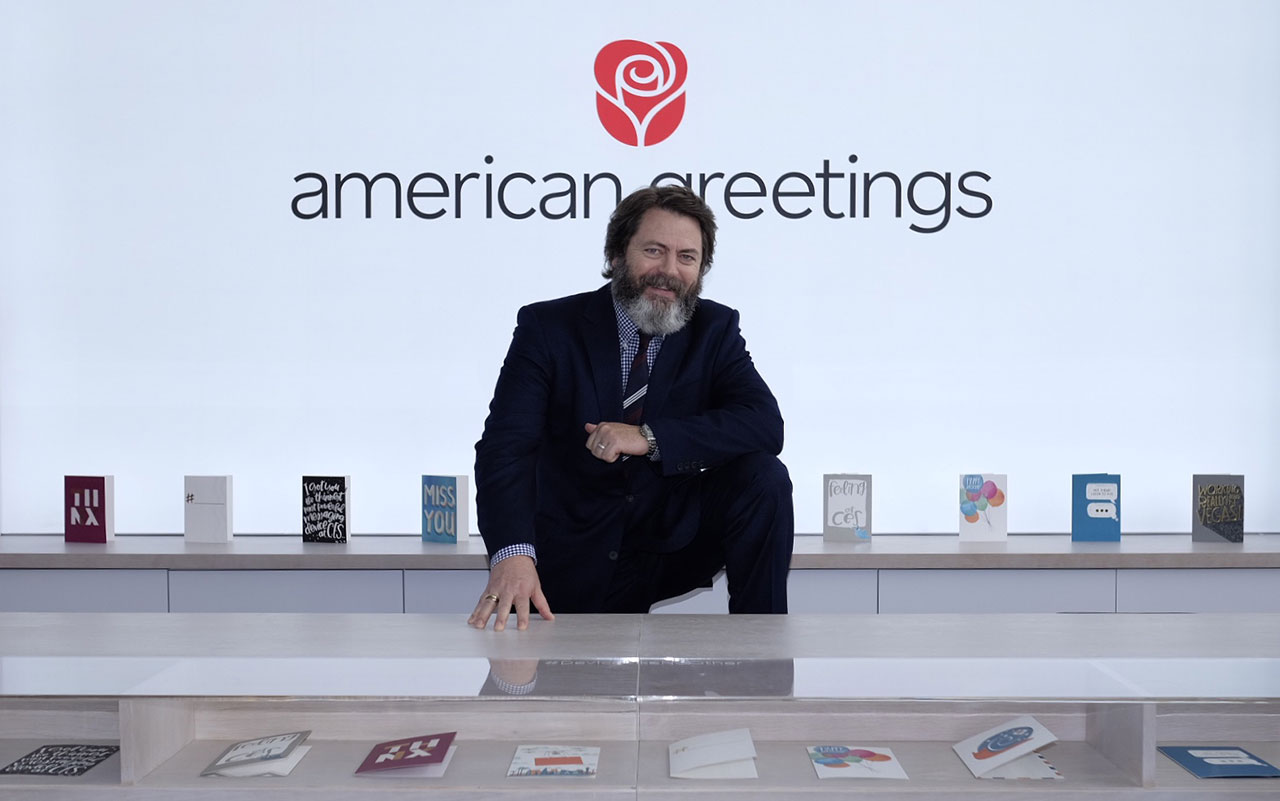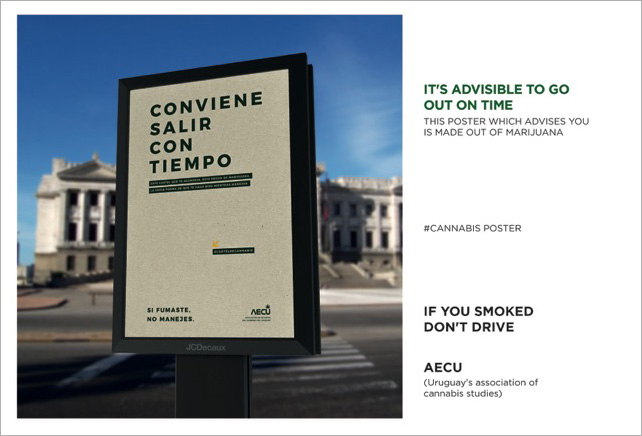![]()
You've heard about all sorts of gaps that put women at a social disadvantage—like the wage gap and thigh gap, not to mention the pink tax. But have you heard of the investment gap?
That's the gap that Sallie Krawcheck, Bank of America's former global wealth and investment management president—and one of the biggest female names on Wall Street—hopes to address with her new company, Ellevest.
Ellevest is a robo-advisory that hinges on the notion that current investment offerings are poorly tailored to the specific needs of women: We live longer, our salaries peak faster, we're more likely to get smaller raises and take career breaks, and—topping things off!—we're also more risk-sensitive.
Much of this is outlined in "Invest Like a Woman," a debut ad created by Revere (Edelman's in-house creative agency) that launched Tuesday:
Krawcheck's been laying down the bricks for Ellevest for a while. In 2013, she purchased 85 Broads, a women's networking group and former Goldman Sachs alumnae network, and relaunched it as the Ellevate Network in 2014, using it to build an index fund for "the 400 top-rated companies in the world for advancing women." Today it also offers leadership training, educational resources and networking services.
And she's historically been resistant to what she calls the "pink it and shrink it" approach for woman-focused business (think "beautifully smooth" Bic pens, or lady cars with eyeliner-inspired headlights).
"Typically, my reaction to 'for-women' businesses has been to bristle a bit. And to immediately assume that it must mean a 'pink it and shrink it' approach, heavy on 'financial education' of the remedial kind. This is despite the research that shows that women are as good, or better, investors than men across the spectrum, whether as hedge fund investors, as mutual fund investors or as individual investors," Krawcheck wrote in 2015's "How I Got My Business Idea" on LinkedIn, where she explains how she decided to launch Ellevest.
Ellevest itself launched in mid-2016, during TechCrunch Disrupt New York. Krawcheck, who acts as co-founder and CEO, raised $10 million in Series A funding for the company, which includes Andera founder Charlie Kroll as COO and Sylvia Kwan as chief investment officer, as well as people who've worked at Vogue.com, Thrillist, Weight Watchers and a number of fintech startups.
It also boasts a list of impressive supporters, including Venus Williams (who talks about it here), Mellody Hobson, venture capitalists Theresia Gouw and Sonja Perkins, and more—who poured an additional $9 million into the company.
After watching the ad, we opened an Ellevest account to gauge how it works. The platform lets you define an investment strategy based on goals—like saving for a home or office, retirement, a trip or your kids' education. It provides recommendations for how much to auto-invest each month, how long it will take to reach your goal, and tells you plainly whether you're on or off track.
The cost for managing your portfolio is about 0.5% of your balance per year (not including ETF fees).
The service obviously hasn't been around for very long, but it's already made headlines outside of Krrawcheck's interviews. Stories range from pat explanations about how Ellevest works to whether it actually makes sense for women.
It's probably hard to know the answer to that unless you've used Ellevest for a while, and too little time has passed for anyone to really make that call. But we did talk to Krawcheck about her platform and its positioning. Check the interview out below.
AdFreak: Tell us why women need a woman-oriented investment strategy.
Sallie Krawcheck: Actually, for years, I argued that women did not need their own investing platform. I had seen too many marketing programs for women that talked down to them, so I thought the concept was vaguely insulting. But the very fact that the gender investing gap exists—and that it can cost professional women hundreds of thousands, or even millions—of dollars over their lives is clear evidence that something is "broken" and something different is needed.
Dig a little deeper, and you'll note that the investing industry and most of its tools have been created by men, for men. So the "gender-neutral" investment industry implicitly defaulted to men's product preferences and men's financial characteristics—trading to outperform a market index, for example, or investing media that strongly resembles sports media. Another one: The industry symbol is a bull—a phallic symbol if one ever existed.
At Ellevest, our "for women" is not just a marketing angle. Instead, we calculate financial goal targets based on women's specific characteristics, such as their longer lifespans for retirement (really important) and a salary that tends to peak sooner than men's (also important ... and frustrating).
Other features are based on the hundreds of hours we conducted to "co-create" Ellevest with professional women: She wants to make trade-offs among her financial goals (like changing the timeline on each or how much she contributes, and having the others adjust). She also wanted a highly customized investment portfolio, constructed for her, rather than the "have one of five investment portfolios" of the first generation digital advisors.
Can you share a personal story that illuminates this need?
I never really considered myself much of a feminist until I left Wall Street. I did all the right things—such as put together gender-diverse teams—but feminism wasn't deep in my bones.
It wasn't until I took some time off and had some space that I realized that the investing industry has been, frankly, "by men, for men," and that historically kept women from achieving their financial goals.
The aha moment came one to me one morning, when I was applying my mascara, and I realized that the retirement crisis is actually a woman's crisis: Women live longer than men yet retire with less money. While most solutions to the retirement crisis focus on tax increases and entitlement cuts, this insight means another possible solution is to get more money into the hands of women.
From there, noting that something in the existing investing offerings isn't working was the next insight. And, given my career on Wall Street and the investing industry, I figured it was almost my responsibility to work to close this "gender investing gap."
Another insight, after a rough 2016 for the advancement of women: We all know money is power. And women won't be equal with men until we are financially equal with men. Getting more money into the hands of women is good for women, but it's also good for their families, for the economy and for society.
What target market do you hope to reach?
The Ellevest target client is the professional woman who either has her own money or has agency over her family's money. She is among the 75 million women in the U.S. workforce who want to take financial control and is looking for a straightforward way to achieve her dreams on her own terms. She is comfortable with an online experience.
Why a robo-advisory model?
Because it's the future. It is my belief, from my experience, that Ellevest can provide a more tailored investment portfolio for our clients than an individual can, by harnessing the computing power of technology. And the 24-hour nature of its availability is also something that we're seeing that women appreciate. We're busy, so wedging our engagement with our finances into the traditional industry's 8am to 5pm hours of operation has been another barrier for us.
In addition to Ellevest's proprietary algorithm taking into account factors like women's longer lifespans and unique salary curves, we also employ technology to let her know when she's on- or off-track for achieving her goals. We monitor each client's progress, automatically rebalance her portfolios as needed, adjust it over time to reduce risk as she gets closer to achieving her goals (to increase her chances of achieving them), and alert her if she falls off-track at any point.
This last one tested best among Ellevest's features; who doesn't want to know if you're off-track and what to do to get back on?
How do you keep a robo-advisory woman-oriented as it scales?
We actually welcome both men and women as clients, though really speak more directly to women. (For men, we project that they earn more and die sooner!) I would note that women are not a niche market; they are 50 percent of the population that has historically not invested at the same rate as men do. There are countless investment offerings that implicitly target men, so why not one that is talking to and serving that other 50 percent?
How do you account for women's higher sensitivity to risk while also accounting for longer lifespans and lower compensation?
First of all, I would note that our research shows that women are not more risk-averse than men; they are more risk-aware. That means that they want to understand the risk they are taking, and not in terms like standard deviation.
I would also note that other advisers ask a client how comfortable they are with risk, but the research is pretty clear that no one really knows the answer to that question (only after a downturn do they really know). At Ellevest, we completely rethink risk by looking at how much risk the client can afford to take, not wants to take.
If someone is young and only has a retirement goal, they can afford a good deal of risk (to try to get the greater return that this has historically meant); if someone doesn't have an Emergency Fund yet and wants to have a child in three years, they can't afford much risk at all. This is true even if their other financial characteristics are the same. As a fiduciary (we put our clients' interests before ours), we think it's important that we provide this risk budget.
In addition, as mentioned, Ellevest alerts clients when they are off-track on their goals—something other advisers don't typically do—and provide guidance on existing 401(k) and other retirement accounts. Ellevest continuously monitors a client's investment portfolios, changing their composition as she moves closer to achieving her goals, and works to give her a 70 percent likelihood of reaching her goal target (the amount of money Ellevest suggests she'll need for her goal, or the number she customized) or better.
Not many other advisors approach it this way, but this 70 percent is higher than others.
How do you see the platform evolving over the next five years?
We'll see! We really are serious that we are "co-creating" this platform with our clients, so we'll go where they take us. I personally reach out to each new client via email, so we are getting an amazing amount of feedback from them, every step of the way. Even women who say the platform is not for them for some reason are sending in feedback, because they tell us they want us to succeed!
Will investors like Venus Williams be helping promote the service or appearing in future promotions?
We don't have any plans for it at this time.
CREDITS
From Ellevest:
Marketing - Marc Karasu, Rebecca Stern, Phoebe Assenza
Design - Melissa Cullens
From Revere:
Account – Megan Goode, Katy Koesy, Deidre Campbell
Strategy – Amanda Kleinberg, Gigi Downs
Creative – Alena Cason, Kristen Kusterer, Karyn Pascoe, Chris Perry
Production – Jennifer Carter-Campbell, Erin Fitzsimmons, Julie Casso – Mustache Agency


































